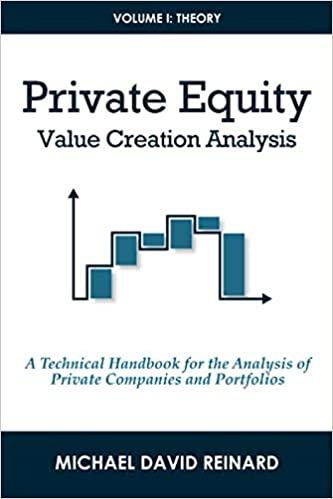Question
Suppose that you have estimated the expected returns and betas of the following five stocks using annual data available for the last 10 years: Stock
Suppose that you have estimated the expected returns and betas of the following five stocks using annual data available for the last 10 years:
| Stock | Market Size ($M) | Beta | Expected Return (%) |
| A | 360 | 0.6 | 8 |
| B | 23 | 0.8 | 10 |
| C | 250 | 1.2 | 11 |
| D | 10 | 1.3 | 12 |
| E | 500 | 1.4 | 12 |
The risk-free rate of interest and the expected return on the market are 5% and 10% . You are also told that the market size of the companies in this market is normally distributed with a mean of $400M and a standard deviation of $150M.
a. Explain carefully the extent to which these data are consistent with the Capital Asset Pricing Model and whether there is an optimal investment strategy.
b. What would you advise an investor who would like to hold a portfolio with a beta equal to 1?
c. 'The risk of a company depends upon much than how well the stock market is doing. Beta only captures the co-movement of a company's share price with the market; and hence fails to capture various sources of risk.'
Critically assess the validity of the Capital Asset Pricing Model and its use as a benchmark for project appraisals.
Step by Step Solution
There are 3 Steps involved in it
Step: 1

Get Instant Access to Expert-Tailored Solutions
See step-by-step solutions with expert insights and AI powered tools for academic success
Step: 2

Step: 3

Ace Your Homework with AI
Get the answers you need in no time with our AI-driven, step-by-step assistance
Get Started


